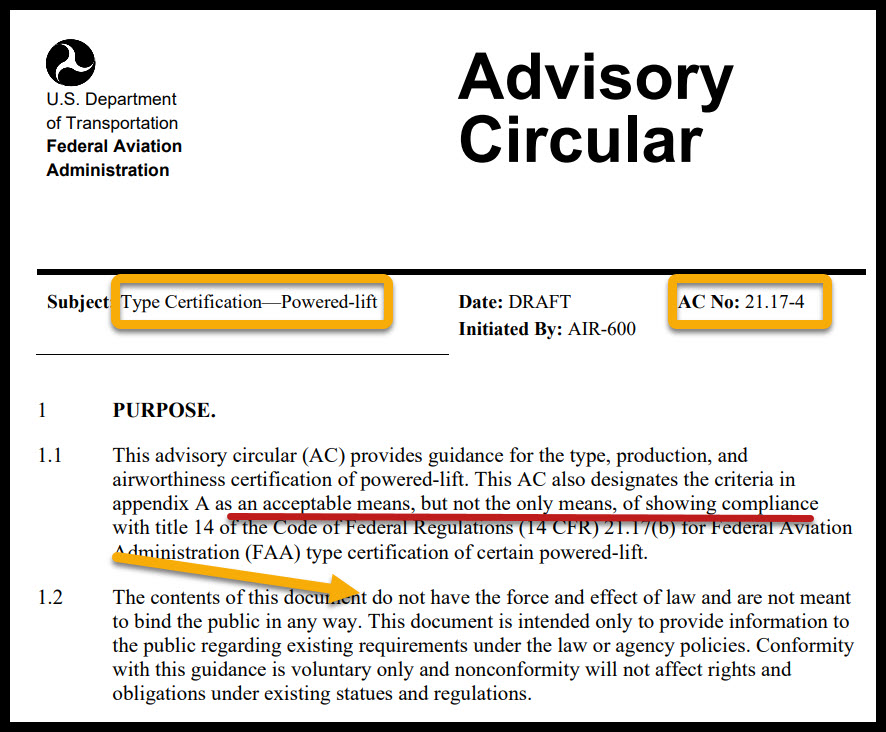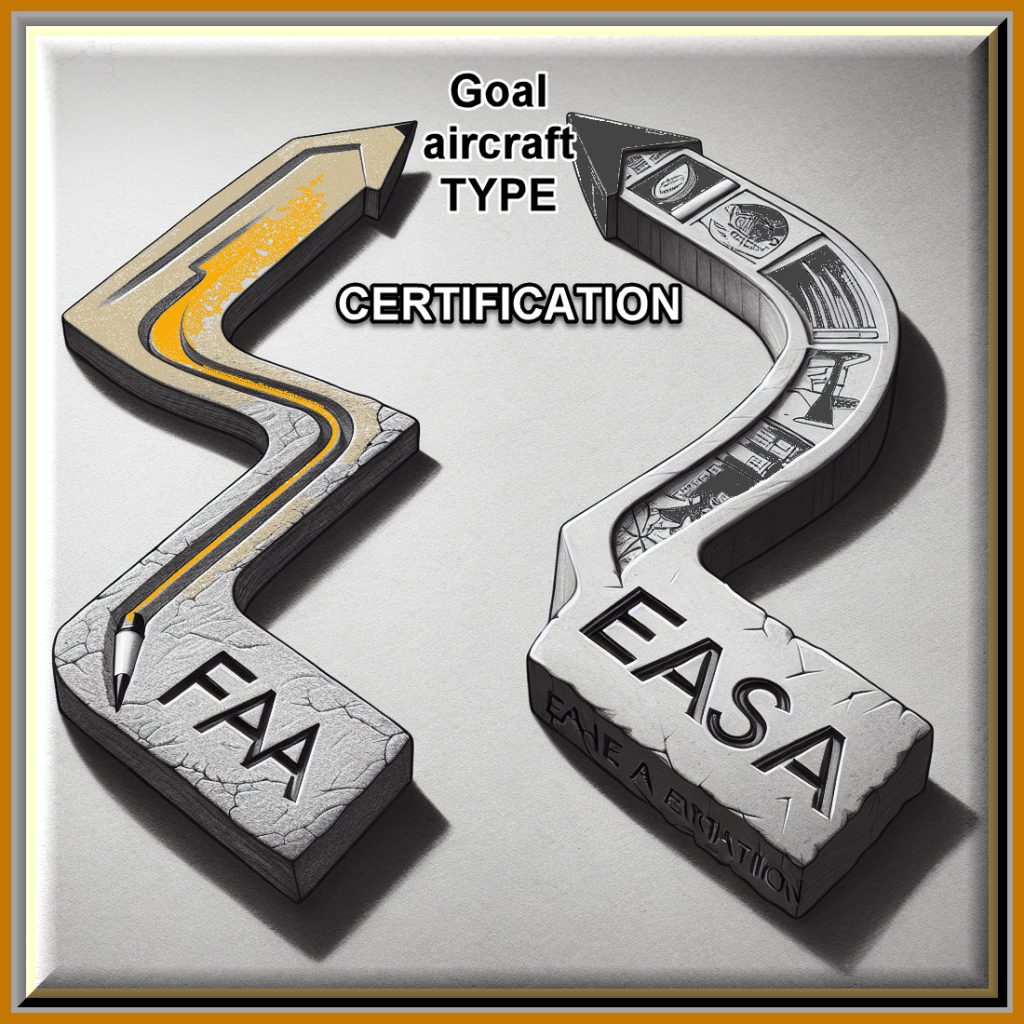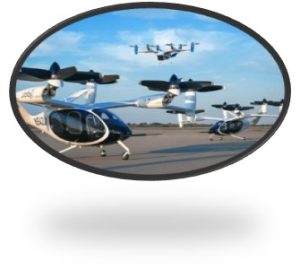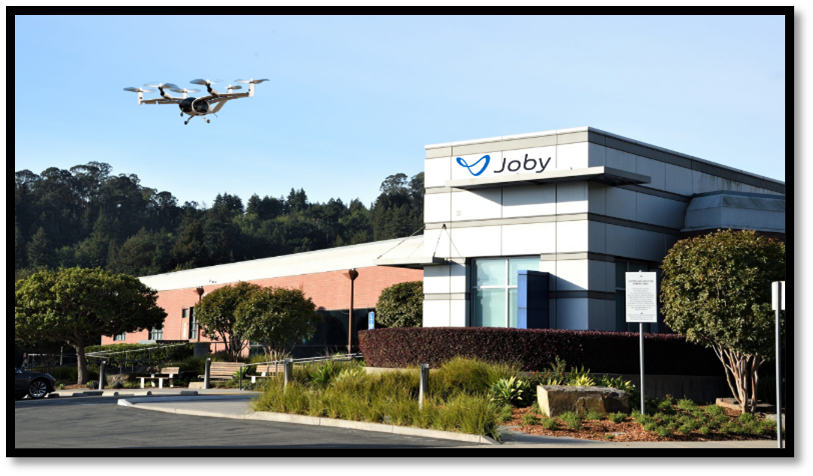FAA AC more specificity for eVTOL TC applicants

On 18 July 2025, the FAA published Advisory Circular (AC) 21.17‑4, offering comprehensive guidance for certificating powered‑lift aircraft, including electric vertical take‑off and landing (eVTOL) designs. This advisory circular (AC) provides guidance for the type, production, and airworthiness certification of powered-lift. This AC also designates the criteria in appendix A as AN ACCEPTABLE MEANS, BUT NOT THE ONLY MEANS, of showing compliance with title 14 of the Code of Federal Regulations (14 CFR) 21.17(b) for Federal Aviation Administration (FAA) type certification of certain powered-lift.
As noted previously, EASA’s new specifics for TC, Ops and ATC -the path to Innovative Air Mobility is clearer, the title’s conclusion was supported by this cogent paragraph:
What is the preferred approach? The EASA path is MORE PRESCRIPTIVE in that their rules spell out with greater specificity, i.e. what the applicant/operator must meet; while the FAA is performance based, and the requirements and waivers must be negotiated.
Having a target for a proposed design simplifies the applicant development process; EASA would be easier. The ED recognizes that the innovation in this field may go beyond the AMOC provided and does not see such a variance as a No Go. The FAA’s approach greatly resembles its history with UASs, learning on a case-by-case basis. EXPERIENCE is a critical element to the FAA’s certification process; i.e. with greater data the staff members are more confidant that the design is airworthy. With so many potential innovations likely to be associated with these TC applicants, the FAA approach is trying to be broad enough to encourage new things.
Perhaps it was the FAA’s intention to create A[i] less prescriptive path to AAM, eVTOL, UAM, or EASA’a IAM that would give applicants a more specific path to approval. Here is a summary (AI generated) of what AC 21.17-4 provides:
Purpose
- Provides guidance for the type, production, and airworthiness certification of powered-lift aircraft, including eVTOL designs.
- Appendix A offers an acceptable (but not exclusive) means of compliance with 14 CFR §21.17(b) for type certification.
- What the AC informs TC/PC/AC eVTOL applicants
- Streamlined Certification Path: Removes the need for the FAA to announce criteria for each powered-lift project , simplifying the process for manufacturers.
- Applicable Regulations Referenced:
- Part 21 (Certification Procedures)
- Parts 23–29 (Airworthiness Standards for airplanes and rotorcraft)
- Parts 33, 35, 36 (Engines, propellers, noise)
- Parts 39, 43, 45, 91, 145, 183 (Maintenance, operations, markings, etc.)
Appendix A applies to powered-lift aircraft that meet the following criteria:
- Maximum gross weight: 12,500 pounds or less
- Passenger seating: Six or fewer seats
- Propulsion: Battery-powered electric engines
- Airworthiness Criteria Highlights
- Design and Construction
- Must meet safety objectives equivalent to those in Parts 23, 27, or 29, depending on configuration.
- Includes structural integrity, flight control systems, and crashworthiness.
- 2. Flight Performance
- Must demonstrate safe handling qualities across all flight regimes, including vertical takeoff/landing, transition, and cruise.
- Includes criteria for controllability, stability, and performance margins.
- Propulsion and Energy Systems
- Battery systems must meet rigorous standards for thermal management, containment, and fire protection.
- Redundancy and failure tolerance are emphasized for electric propulsion units.
- Safety and Redundancy
- Requires fail-safe design principles, especially for critical systems like flight controls and propulsion.
- Includes guidance on loss-of-power scenarios, emergency descent, and continued safe flight and landing.
- Noise and Environmental Standards
- Must comply with applicable Part 36 noise standards.
- ENCOURAGES[1] low-emission and quiet operation suitable for urban environments.
- Human Factors and Pilot Interface
- Cockpit design must support situational awareness, automation management, and emergency procedures.
- Includes criteria for display readability, alerting systems, and pilot workload.
Past blogs have noted that compatibility among the various potential certification authorities will impact the OEMs to be able to lower their per eVTOL prices by spreading their development costs oversales over a global market. Here is a comparison of the EASA ED and this FAA AC:
Thanks, John. Here’s a comparison of how FAA Appendix A and EASA SC-VTOL frameworks encourage low-emission and quiet operation in powered-lift aircraft:
Environmental Criteria
| FAA Appendix A (AC 21.17-4) | EASA SC-VTOL (Issue 2) | |
| Noise Standards |
Requires compliance with 14 CFR Part 36 noise limits. Encourages quiet propulsion for urban use. |
Mandates noise minimization for operations over congested areas. Includes climb and approach noise profiles. |
| Propulsion Type | Applies only to battery-electric aircraft, inherently low-emission. | Covers electric and hybrid propulsion systems. Requires safeguards against energy loss and fire. |
| Urban Compatibility | Encourages low-noise, low-emission designs for urban air mobility. | Defines “Enhanced Category” for aircraft operating over cities, requiring continued safe flight and low environmental impact. |
| Energy System Safety | Requires thermal management, containment, and fire protection for batteries. | Adds VTOL.2430 for battery isolation, crash protection, and fire containment. |
| Design Incentives | Promotes distributed propulsion and lightweight structures to reduce energy use. | Aligns with CS-23 standards for efficient aerodynamics and energy management. |
| Regulatory Tone | Uses “encourages” to guide innovation without mandating specific tech. | Uses “requires” for critical safety and environmental features in congested areas. |
Essentially the FAA’s most recent guidance continues to be more performance based, but the AC paints some useful lines (drawn in pencil and not etched in stone) for an OEM to use in designing their proposed aircraft. THAT DIFFERENCE, AS IT IS ANTICIPATED, WILL ALLOW FOR MORE CREATIVITY IN DESIGNS.
Freedom in design opens up potential but the “non-prescriptive” criteria places greater discretion with the FAA staff passing on airworthiness. DEALING WITH REGULATORY AMBIGUITY can benefit from subject matter experts who actively follow the FAA adjustments, who speak/understand the jargon of the regulators and who have established credibility with these decision-makers who are, but statutory mandate, risk adverse.
FAA Issues Certification Blueprint To AAM Manufacturers
Advanced air mobility innovators now know what is expected of them during the certification process.
The advanced air mobility industry now has a BLUEPRINT to follow for certification best practices for their vehicles. Just as most of the aviation industry was getting ready for AirVenture, the FAA published, with no fanfare[2], an advisory circular (scroll down to AC 21.17-4) that details various things the agency will be looking for in certification of the aircraft. Its existence was brought to light by our colleagues at FLYING Magazine last week.
The agency stresses the 64-page outline is NOT A LEGALLY BINDING DOCUMENT but manufacturers will be wise to devour every word. “This advisory circular (AC) provides guidance for the type, production, and airworthiness certification of powered-lift,” the agency said in its preamble. “This AC also designates the airworthiness criteria in appendix A as an ACCEPTABLE MEANS, BUT NOT THE ONLY MEANS, OF SHOWING COMPLIANCE with title 14 of the Code of Federal Regulations (14 CFR) 21.17(b) for Federal Aviation Administration (FAA) type certification of certain powered-lift.”
Joby aircraft, which may be the first to achieve certification, said the publication of the document is a positive move and the content aligns with its plans. “We’re pleased to see the FAA’s release of their Advisory Circular regarding powered-lift aircraft. Along with their commitment to continued global leadership in aviation certification through the NAA Network, this guidance reinforces the FAA’s focus on bringing advanced air mobility to market,” Joby said in a statement to AVweb. “The new guidance aligns with our approach to certification and will help streamline the certification process of powered-lift aircraft generally. Our specific FAA certification continues to make industry-leading progress, and we are excited to be pushing through the final stages towards type certification.”
[1] The FAA uses “encourages” to signal preferred design directions without mandating specific technologies, allowing flexibility for innovation.
[i] an ACCEPTABLE MEANS, BUT NOT THE ONLY MEANS



